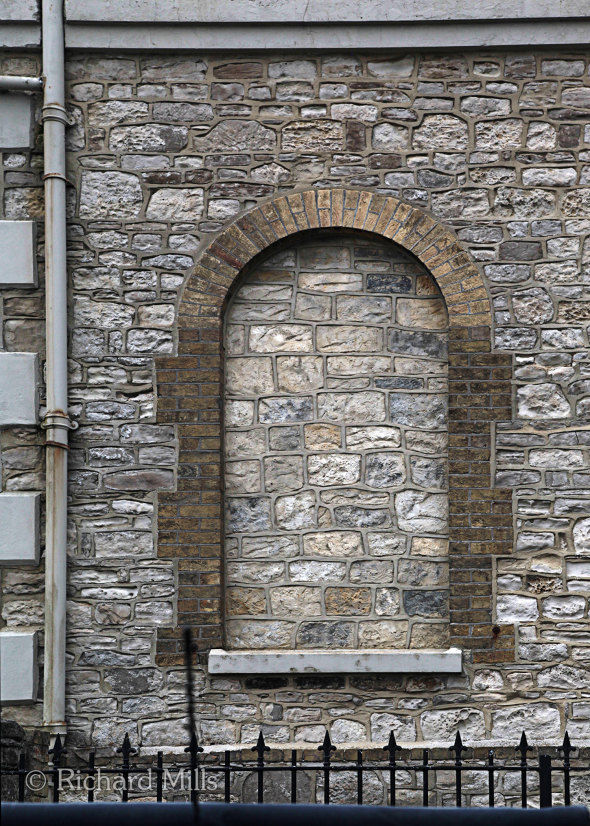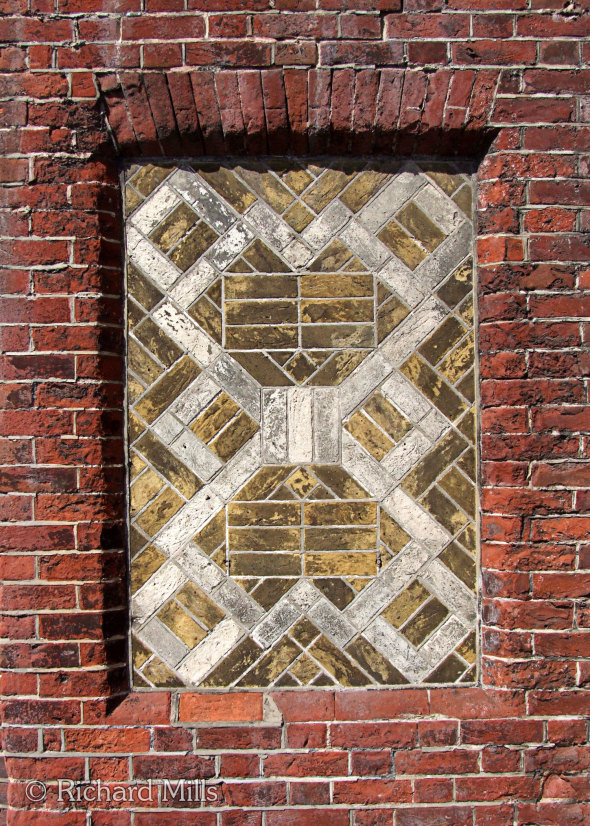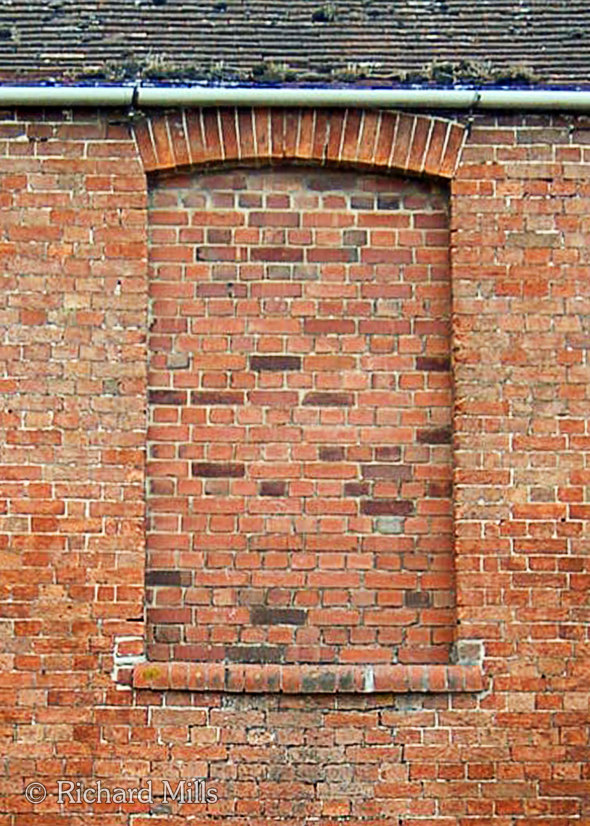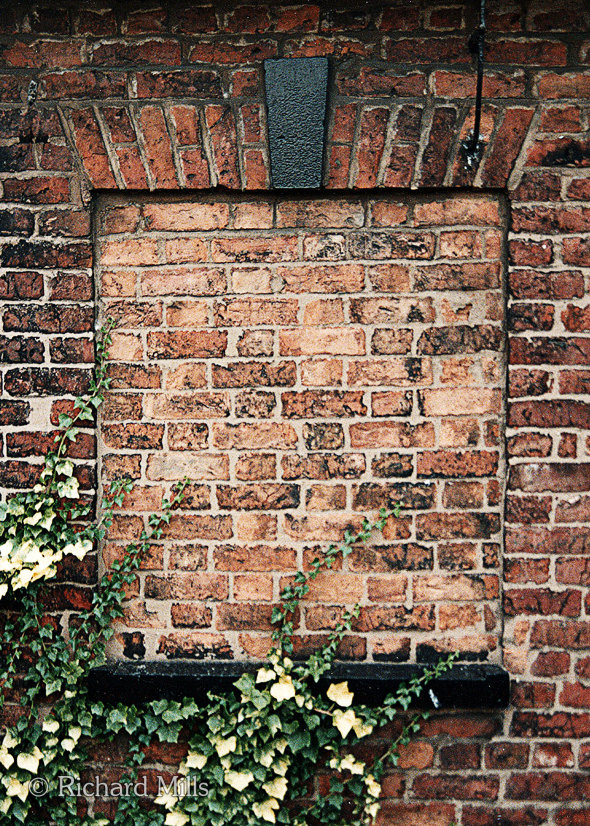Bricked Windows
Bricked Windows: I have long been fascinated by the idea of bricked-in windows – their infinite visual variety, their ironic, or at least contradictory nature (can a window still be a window when one cannot see through it?) their meaning, significance and causation. On the latter point, the so-called ‘Window Tax’ introduced in 1696 by William III (to pay off national debt and to fight wars in Ireland and on the continent) is an obvious explanation for many of the bricked-in windows that we see in our towns and villages. The tax which was effectively a progressive one, was relatively easy to assess, and was only repealed in 1851 (156 years after its inception and nine years after income tax was effectively introduced). The fact that so many householders were prepared to forego light, air and views to reduce their tax bill shows a significant degree of popular dissent (by the property owning middle classes – so nothing new there then), and was therefore a clear political statement of its time. The Candle Tax (1709 – 1831) and Brick Tax (1784 – 1850) clearly also have a bearing on the Window Tax explanation. For properties with bricked-in windows built after 1851, we have to look for other explanations which probably have more to do with internal modifications and changes of usage to the property. One is left to wonder why remaining bricked-in windows in houses built before 1851 were not returned to their former state when the tax was repealed. The window, whether bricked-in or not, represents a structural problem for the house builder (i.e. how to support the weight of the wall and roof structure above the ‘opening’) and thus we have the variety of solutions visible here in the form of lintels and arches. For bricked-in doors and doorways we have to look for alternative explanations, but ones which also must reflect social and political change in a similar way to the bricked-in windows. For more examples of bricked-in windows see my “Bricked Windows” Galleries, and for bricked-in doors see my “Bricked Doors” Gallery.





You must be logged in to post a comment.